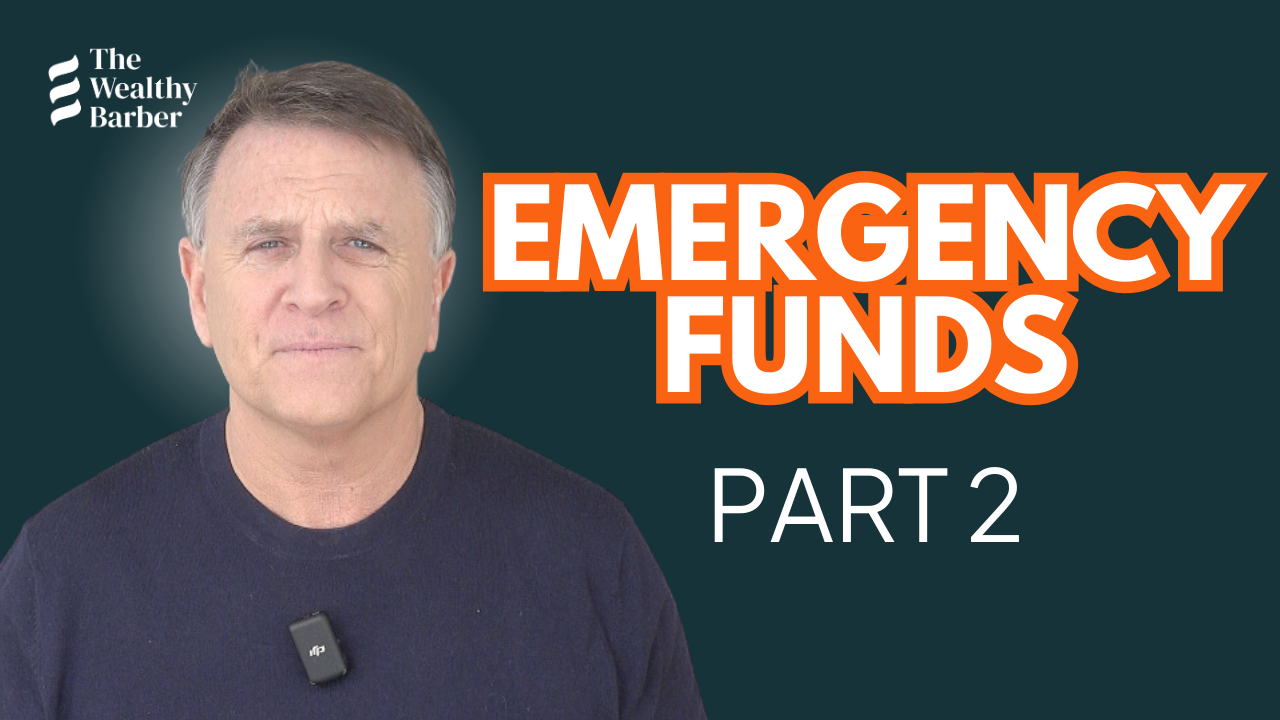Emergency Funds (Part 3): Potential Alternatives
Creative ways Canadians are handling their emergency fund needs.
💈💈💈
Okay, I promise this is our last emergency fund video for quite a while. I recognize that most of you don’t find this subject quite as captivating as I do. (Loser). Primarily because of the opportunity cost of maintaining a large emergency fund, see part 1, and also because I’ve watched sooo many people frequently spend down their emergency funds for non-emergency emergencies (Cancun), see part 2. I’ve become a big fan of some of the creative ways I’m observing Canadians handle their emergency fund needs. Many younger people are saying, “Dave, there’s no way I can build an emergency fund to the recommended level AND get my down payment together. C’mon.” Others are pointing out, “If I have to save to the recommended emergency fund level, I’ll have to pass on my group RRSP for quite a while and that’s giving up a dollar-for-dollar match.
I’m not willing to do that.” Hey, I get it. Very fair argument. So, are these people just yelling, “Screw conventional wisdom! I am rolling the dice baby!” No, instead, what many are doing is setting up access to an emergency fund instead of building one. What? Examples: 1) A couple sets up a line-of-credit for $30,000 at a local credit union.
They both had to sign to withdraw so nobody can do anything impulsive. Again, Cancun. Now, if there’s a legit emergency, they can get at the needed money. Now, is this a perfect solution? Obviously not. They’d have to pay interest on whatever they borrow, of course. And, hey, taking on debt during tough times
hey, that can be stressful. Not ideal. But their argument is, “Yeah, but it’s better than giving up a dollar-for-dollar match with the group RRSP over the saving period.” 2) Another couple talked to their parents candidly. “We need to build our down payment. We know we should have an emergency fund but it’s hard to do it all with these crazy high home prices and also high cost of living.
If we have an emergency, will you step in and lend us some money? Lend not give. With interest.” Essentially, the same idea as the first example, but subbing in parents for credit union. Of course, not everyone has parents who will or can do this, but it’s worth keeping in mind for those who do. And, by the way, pay them as little interest as possible.
They are your parents. One thing I really like about this idea is that the parents act as a protective layer. You can’t get at the money unless there’s a legit emergency. Seriously, that’s a big positive. And 3) This is the one I’m seeing most often. People are saving 30-40% of the recommended emergency fund level, and then using one of the two approaches I just outlined to have access to the rest.
Let’s say because you and your spouse both have great job security, you felt your needed emergency fund was relatively low, $25,000. So you save $10,000 and keep it liquid, but set up access to $15,000 more. Like it. It’s balanced. More peace of mind for many. Now, some say, “I’m not doing any of that. If I have an emergency, I’ll just get the money for my long-term investments.”
Certainly an option, but not always wise. What if they’re down in value? Sell low — not good. But more of a worry to me is that when better times eventually return, the emergency has passed therefore, that withdrawn money never seems to find its way back to the long term investment account. Again, Cancun.
Feel Confident About Your Finances
Sign up for our Weekly Round-Up of new videos and podcasts released over the past seven days. We won’t spam you or try to sell you a course—promise!



